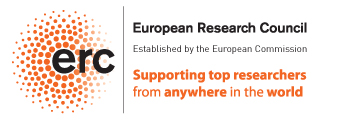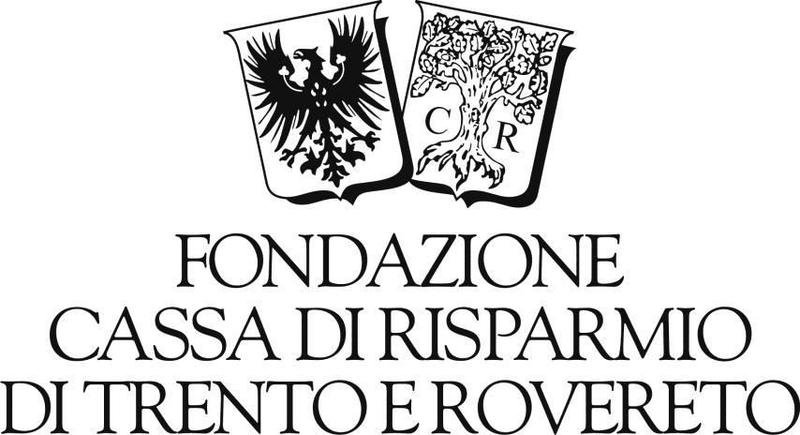FARE Grant 2020 (NUMBRISH)
The neurobiology of numerical cognition: searching for a molecular genetic signature in the zebrafish brain

ERC-Advanced Grant 2019 (SPANUMBRA)
Number-space associations in the brain Research in cognitive science has revealed that the temporal, spatial, and numerical features of a stimulus can interact with one another. An example is the tendency to map increasing numerical magnitudes with a left-to-right orientation. Numerical-spatial associations (NSA) are pervasive in human behaviour and have relevance to health (e.g., dyscalculia is thought to be related to improper understanding of the so-called «mental number line»). NSA have been shown to occur in human newborns and in non-human animals for non-symbolic numerousness. SPANUMBRA aims to investigate NSA in different animal models (domestic chicks, mice and zebrafish) and in human neonates and infants to provide a comprehensive and comparative perspective on the developmental, neural and genetic origins of this phenomenon. The project will be guided by a new hypothesis that links the direction of NSA to a differential role of the two sides of the brain to the perceived value (valence) of changes in magnitudes. The role of the experience (WP1) in the development of NSA will be investigated making use of early exposure to light in chicks’ embryos to modulate brain asymmetry, and controlled-rearing experiments in which newly-hatched chicks will be exposed to correlated and anti-correlated discrete and continuous magnitudes. Development of NSA will be also studied in human neonates and infants (WP2) before, during, and after the exposure to culture-specific NSA associations (numbers organized in spatially oriented layouts) to investigate the role of culture in shaping/reinforcing NSA. The study of the neural basis of the NSA (WP3) will combine neurobiological techniques (immediate early gene expression in chicks and zebrafish), and non-invasive methods (EEG and fNIRS in human neonates). The genetic bases of NSA (WP4) will be investigated using transgenic lines of zebrafish and mice, in order to understand the role of some genes implicated in the development of lateralization and in dyscalculia.

International Human Frontier Science Program
What underlies the ability to count and where did it come from? One hypothesis is that our ability to accurately represent the number of objects in a set (numerosity), and to carry out numerical comparisons and simple arithmetic, developed from an evolutionarily conserved system for approximating numerical magnitude.
According to this hypothesis the ability to assess numerosities would have a conserved genetic and neural basis, and aspects of the neurobiology underlying ability to perform approximate numerical tasks would be conserved. However, although a wide range of species are able to estimate numerosities, only in primates has a neural mechanism homologous to humans' been demonstrated and the underlying cellular processes are unknown.
Thus, this project aims to test the broad hypothesis that the ability to represent numerosity has an evolutionarily conserved neural basis, and to identify the cell and molecular processes involved using multidisciplinary analysis in an evolutionarily distant vertebrate, the zebrafish.

DAAD
The aim of the study is realize a high resolution three-dimensional atlas of the chick's brain (Gallus gallus) through the use of magnetic resonance. Once the atlas is made, we plan to study the pattern of brain activation during an early form of learning, the filial imprinting. Using functional magnetic resonance we can study the possible lateralization phenomena and the temporal and systemic dynamics of the activation of the cerebral areas involved in imprinting.

Past Funding
Fondazione CARITRO
A project for early diagnoses of autism spectrum disorders.

Italian Ministry for University and Research
Neural bases of animacy detection, and their relevance to the typical and atypical development of a social brain.

ERC-Proof of Concept 2017 (MoViS)
An innovative screening protocol device for early identification of neonates at high-risk for Autism Spectrum Disorders.
PRedisposed MEchanisms for Social ORienting: A comparative neuro-cognitive approach
This project has received funding from the European Union’s Seventh Framework Programme for research, technological development and demonstration under grant agreement no 295517.
Predispositions for newly hatched/born vertebrates, including humans, to attend to and preferentially learn about conspecifics, are pervasive and can be of vital biological importance. Such predispositions are, however, very poorly understood. Studying them, and their physiological, genetic, molecular and neural bases, is crucial for an understanding of typical and atypical human development.
The aim of the project would be to study, in parallel, the neural bases of the biological predispositions to attend to motion and other visual characteristics (such as face or face-like stimuli) of living things in the newly-hatched domestic chick and in the human newborn.
In particular, we will develop a detailed animal model of vertebrate social predispositions using the domestic chick, relating this work closely to equivalent behavioural and neural measures in human newborns including those at risk of autism, for which there is no widely accepted animal model.
We aim to identify in chicks neural systems underlying known social predispositions; study their physiological, genetic and molecular bases; pursue behavioural parallels between chick and human predispositions; study brain structures activated in human newborns as they view social stimuli; by studying social attachment in chicks not expressing specific predispositions, develop a secure animal model of autism.


